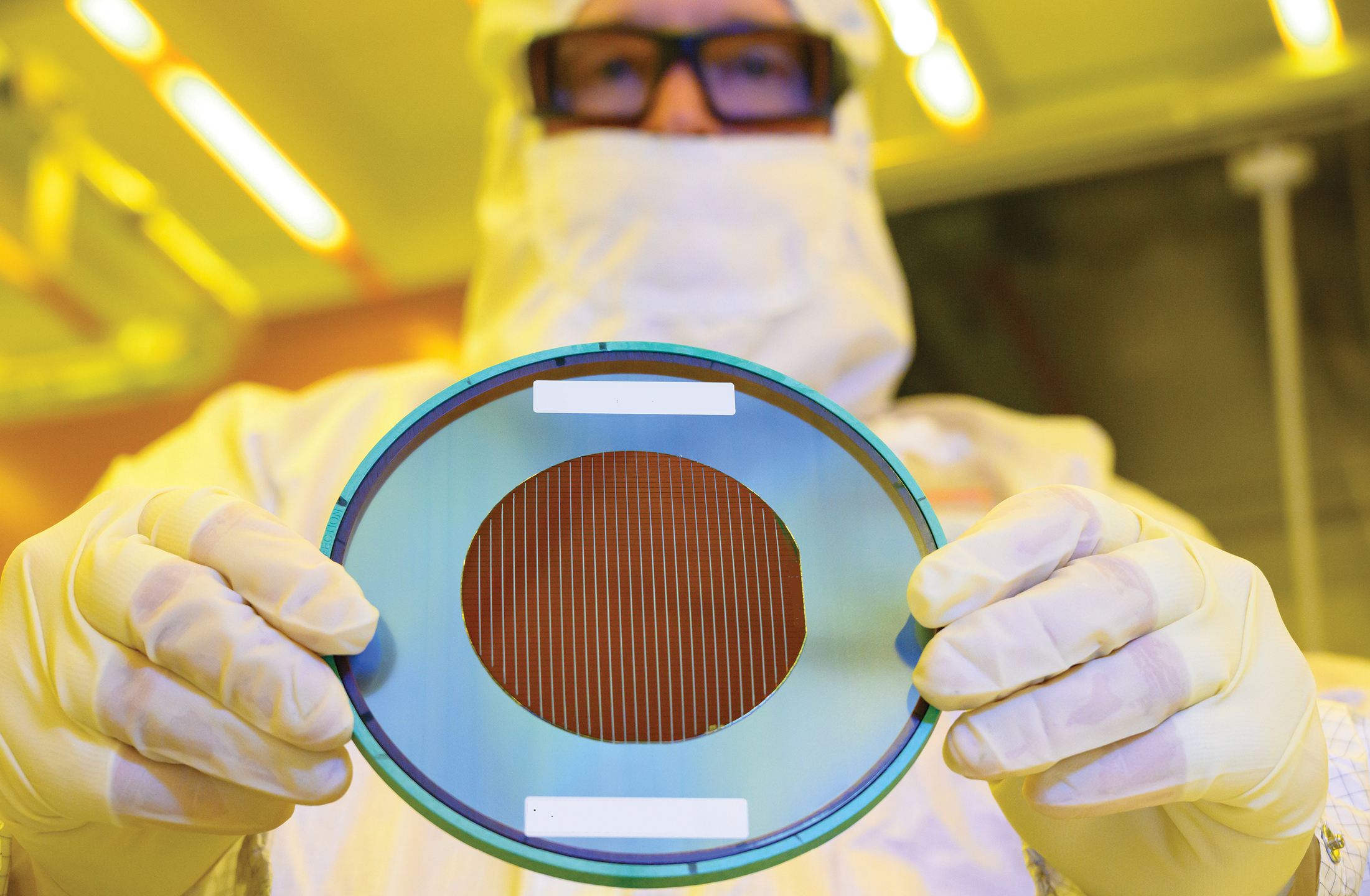There’s a lot of movement happening within the borders of New Mexico and that movement appears to come from opportunities — job opportunities, to be specific.
A 2023 United Van Lines National Movers Study showed that of the 59.6% inbound moves to the state last year, 30% came for work. New Mexico ranked No. 9 in the nation for inbound moves.
According to Site Selection’s Conway Projects Database, over the past five years the state has procured 112 major facility location and expansion projects. In Site Selection’s 2023 Top Metros rankings in this issue, Albuquerque ranked No.7 as a top metro in the Mountain region, followed by Las Cruces securing the No. 8 spot. Of those project investments mentioned, 45 landed in Albuquerque.
Why Albuquerque?
For New Mexico’s largest city, this influx comes as no surprise. The city’s location at the junction of Interstate 25 and Interstate 40, paired with a healthy concentration of skilled workers and quality infrastructure, ensures operations can be conducted with ease. Among those taking notice are a growing number of international companies.
Projects announced in the latter half of 2023 include investors such as Singapore-based Maxeon Solar Technologies, Australia-based Star Scientific Ltd. and Germany-based mtex Antenna Technology USA.
“These projects are a tremendous ‘proof point’ for our region, demonstrating that we have the capacity, ability, desire and resources to play seriously at an international level,” says Albuquerque Regional Economic Alliance President and CEO Danielle Casey. “New Mexico’s tremendous diversity and focus on clean renewable energy to reduce reliance on oil and gas over the long term make it an ideal location for companies that are prioritizing ESG and want to be in a market that is a leader in sustainability.”
Maxeon Solar Technologies announced an over $1 billion investment in August 2023 to construct a 1.9-million-sq.-ft. solar cell and panel manufacturing facility in Mesa del Sol. The investment marks the state’s first large-scale PV cell and panel manufacturing facility in New Mexico. The massive project, which will begin buildout this year, is set to produce 8 million solar panels annually and create 1,800 jobs in the region.
“We undertook an intensive process to assess sites across the nation to find the right home for our first U.S. manufacturing facility, which includes solar cell fabrication and panel assembly,” said Maxeon Solar Technologies CEO Bill Mulligan at the announcement. “New Mexico had everything we were looking for — a strong business-friendly climate, supportive infrastructure, focus on workforce development and deep roots in energy leadership.”
Casey says that an investment like Maxeon’s was one that the community in Mesa del Sol has been working diligently to prepare for through its master plan. For international companies the site selection process can be grueling. Taking first steps to establish operations globally is done with much thought and consideration, especially with billions on the line. An area’s ability to streamline these processes while having a ready-made talent base and abundant resources will set it apart every time.
“What we were very excited to see and experience is the creative approach and the speed in which this deal was executed by the State of New Mexico, Bernalillo County, the City of Albuquerque, PNM [the electric utility] and the Water Authority to address all utility and development needs,” says Casey.
In October 2023, both Star Scientific and mtex Antenna Technology USA announced new projects set to begin operations over the next three years.
Star Scientific will construct a $100 million hydrogen manufacturing facility and research campus in Mesa del Sol, marking the company’s first North American operation. The letter of intent committed the company to the investment as it looks to acquire a 50-acre site for seven to 10 buildings for administration, design, testing, manufacturing and a research center. Star Scientific’s HERO® system chemically catalyzes hydrogen and oxygen without burning them to produce industrial-scale heat without creating greenhouse gases.
“In our view, New Mexico is at the global cutting edge of applied hydrogen policy for domestic industrial uses. They are thinking about the full hydrogen supply chain, not just how to make it, but how and where to use it, and that’s why we chose them,” the company shared in a LinkedIn post.
Workforce, education, livability, business operating costs and logistics were key factors listed by mtex CEO Lutz Stenvers as to why the company is investing $16 million in a 70,000-sq.-ft. antenna and telescope manufacturing facility in Albuquerque.

Fab 9 and Fab 11X will work together as Intel’s first site dedicated to 3D advanced packaging technologies.
Photo courtesy of Intel Corporation
“This investment by Intel underscores New Mexico’s continued dedication to bring manufacturing back home to America.”
— Michelle Lujan Grisham, New Mexico Governor
Parts produced at the site will be used at the National Radio Astronomy Observatory’s Very Large Array Telescope in Magdalena, New Mexico, and for the Smithsonian Astrophysical Observatory in Massachusetts. As this facility aims to begin operations in 2027, the company already has plans to invest in a second location in the city, which will focus on testing and integration for telescope and satellite ground stations.
Set for Mass Production
About 13 miles northwest of Albuquerque in Rio Rancho, Intel opened the doors of semiconductor manufacturing facility “Fab 9” in January 2024. Construction on the facility had taken place since 2021. Now the company welcomes its first high-volume semiconductor facility and the only U.S. site to feature Intel’s Foveros 3-D packaging technology.
The $3.5 billion investment allows Intel to create its own co-located high-volume advanced packaging site by connecting operations with its Fab 11x plant, which was the company’s first 300-millimeter fabrication plant nearly 44 years ago. This means the company can conduct a full product lifecycle within the city.
Fab 9 represents Intel’s future-focused goals for operations. Foveros enables Intel to build processors with compute tiles stacked vertically instead of side-by-side. By incorporating Foveros and embedded multi-die interconnect bridge packaging technologies, Intel says it can achieve its goal of 1 trillion transistors per chip and extending Moore’s Law past 2030. In addition, this technology allows Intel to package multiple kinds of chips at once, while cutting costs for consumers. In total, the project created 3,500 new direct jobs.
“Today, we celebrate the opening of Intel’s first high-volume semiconductor operations and the only U.S. factory producing the world’s most advanced packaging solutions at scale,” said Intel Executive Vice President and Chief Global Operations Officer Keyvan Esfarjani. “This cutting-edge technology sets Intel apart and gives our customers real advantages in performance, form factor and flexibility in design applications, all within a resilient supply chain.”

